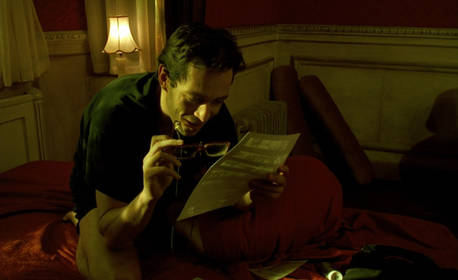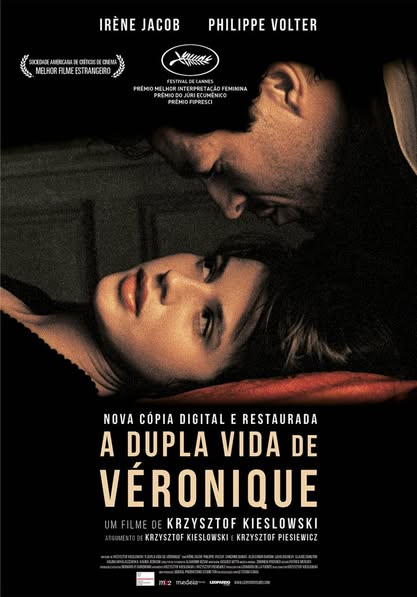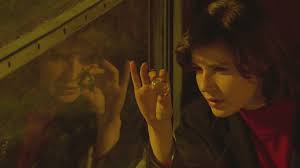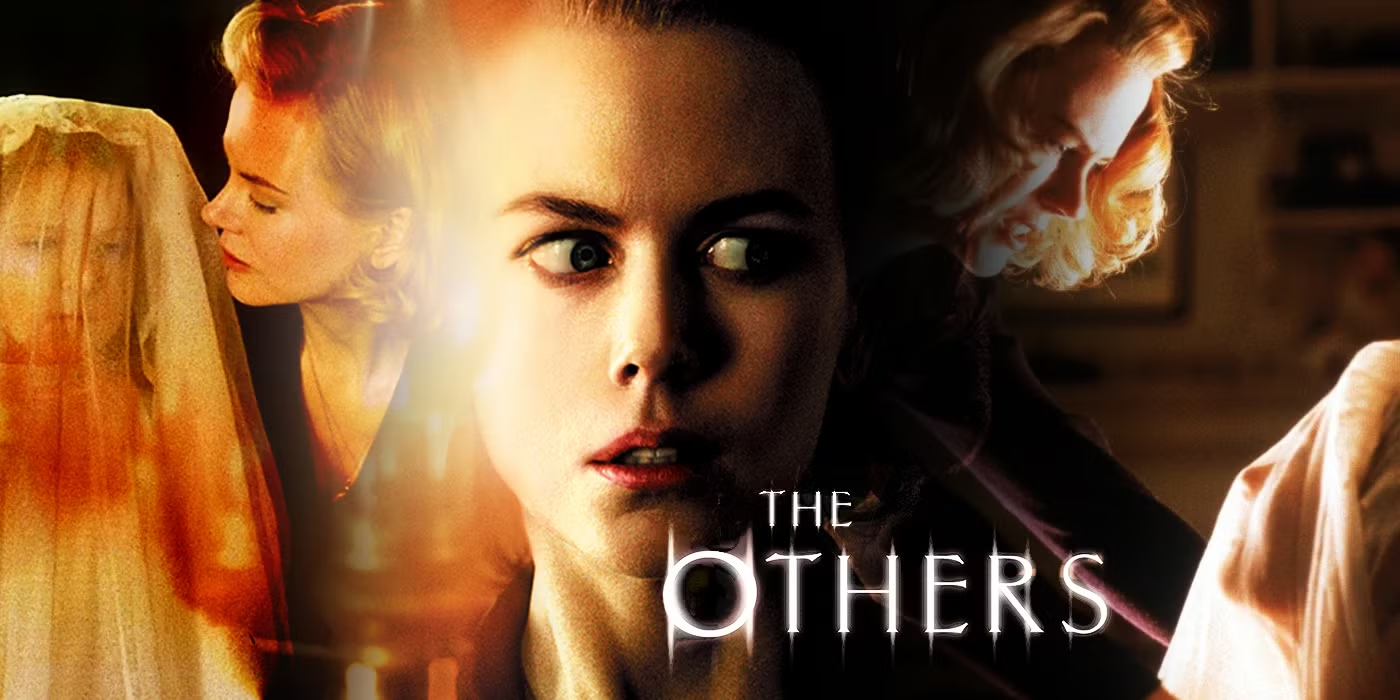The Double Life of Véronique (1991)

“The Double Life of Véronique” (original title: La Double Vie de Véronique), directed by Krzysztof Kieślowski and released in 1991, is a visually poetic film that explores themes of identity, connection, and the metaphysical ties between two women who share an inexplicable bond despite leading separate lives. The film stars Irène Jacob in a dual role as Véronique, a young French woman, and her Polish counterpart, Weronika.
The narrative is elegantly structured, opening with Weronika, a talented singer in Poland, who experiences a profound yet inexplicable connection to Véronique, a non-singer living in France. The film explores their parallel lives and the emotions that intertwine them, even as they remain unaware of each other’s existence. When Weronika tragically dies, Véronique feels a deep sense of loss, hinting at their spiritual connection.

Kieślowski’s direction is marked by a meticulous attention to detail, using rich, evocative cinematography by Sławomir Idziak to create a dreamlike atmosphere. The film’s visual style is characterized by its lush colors, soft focus, and haunting imagery, which enhance the emotional depth of the story. The use of music, particularly the score by Zbigniew Preisner, plays a crucial role in conveying the film’s themes and mood, further immersing the audience in its dreamlike quality.

The screenplay is subtle and layered, inviting viewers to reflect on the nature of identity and the unseen connections that can exist between people. The film offers moments of introspection and contemplation, emphasizing the emotional experiences of its characters rather than relying on plot-driven storytelling.
Irène Jacob’s performances as both Véronique and Weronika are mesmerizing, capturing the nuances of their personalities while highlighting their shared essence. Her portrayal conveys a sense of longing and vulnerability that resonates deeply with the audience.

Overall, “The Double Life of Véronique” is a beautifully crafted film that transcends traditional narrative structures. It invites viewers to ponder the complexities of human connection, the idea of doubles, and the mysteries of existence. Kieślowski’s work stands as a significant exploration of the human experience, making it a poignant and memorable cinematic masterpiece that lingers in the mind long after viewing.











